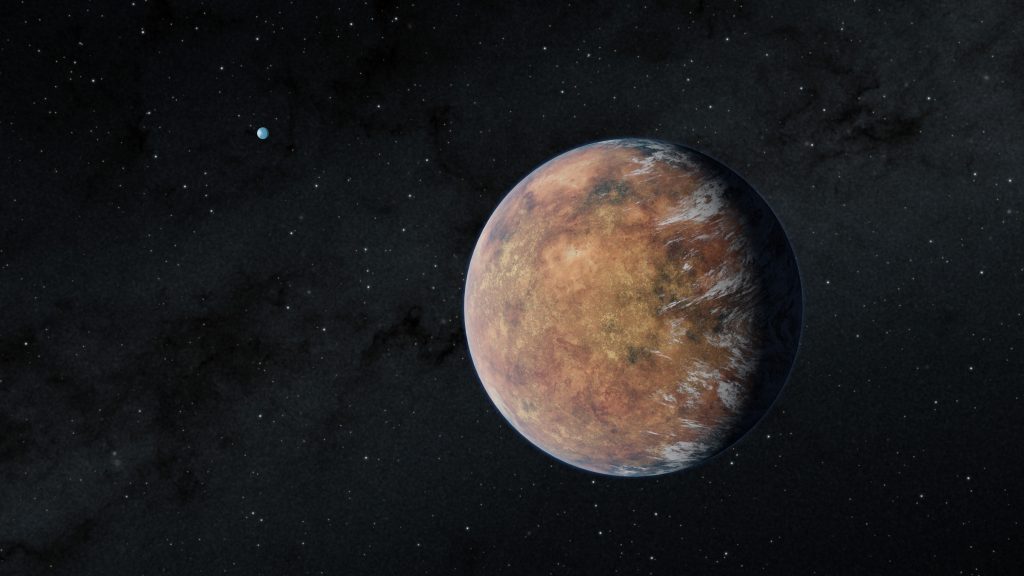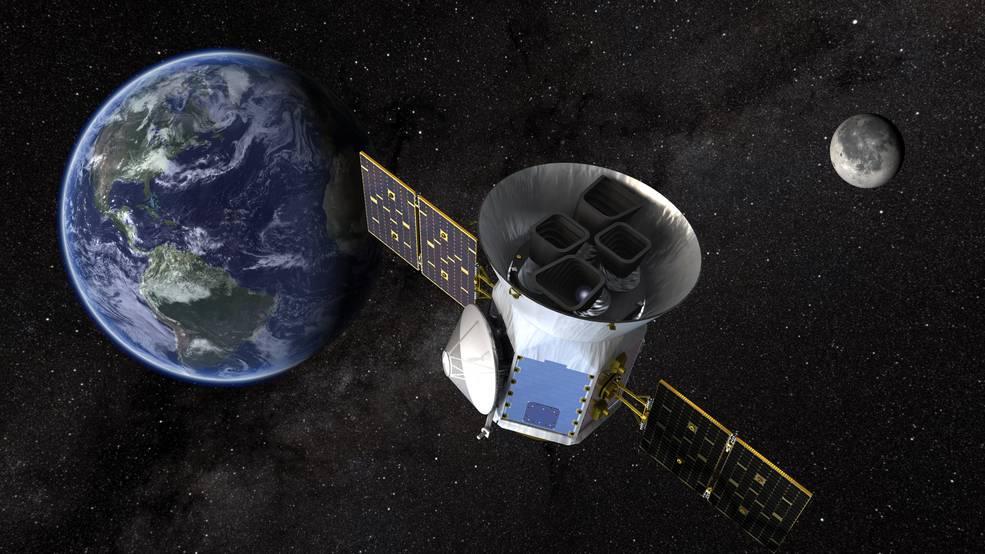Scientists have identified a planet that is 95% the size of Earth and is most likely rocky. According to NASA, the planet, known as TOI 700 e, is orbiting a star and may have liquid water. This is the fourth planet identified in the TOI 700 system, which is 100 light-years away. TOI 700 is a star around which the planets revolve; astronomers previously discovered planets in this system, TOI 700 b, c, and d. Planet D is also in the “habitable zone.” However, it took an extra year of TESS data for scientists to identify TOI 700.
A habitable zone, often known as the “Goldilocks zone,” is a region that is just the ideal distance from a star for water to exist on a planet’s surface while the circumstances are neither too hot nor too cold for life to exist. This area extends to either side of the conservative habitable zone, the range where researchers hypothesize liquid water could exist over most of the planet’s lifetime. TOI 700-d orbits in this region.

“This is one of only a few systems with multiple, small, habitable-zone planets that we know of,” said Emily Gilbert, a postdoctoral fellow at NASA’s Jet Propulsion Laboratory in Southern California who led the work. “That makes the TOI 700 system an exciting prospect for additional follow-up. Planet e is about 10% smaller than planet d, so the system also shows how additional TESS observations help us find smaller and smaller worlds.

The planets were discovered by scientists while conducting observations using the Transiting Exoplanet Survey Satellite, or TESS, which was meant to detect new planets and stars. TESS’s two-year mission allowed scientists to examine solar systems and monitor star brightness for periodic decreases produced by planets passing by. That mission concluded in 2020, but TESS was extended, and the new planet was discovered during the mission’s additional year.
The discovery of planet E proves the satellite can help “us find smaller and smaller worlds,” Gilbert said.


